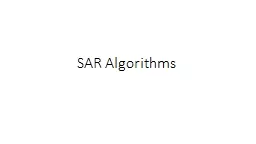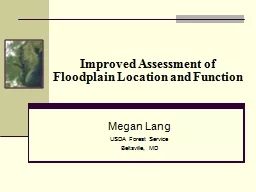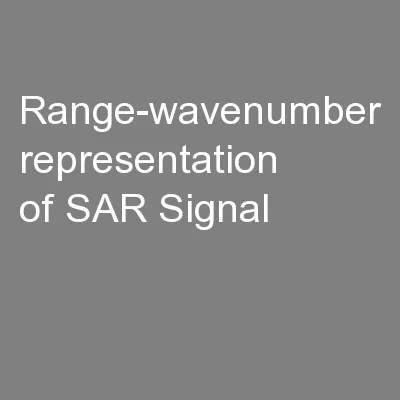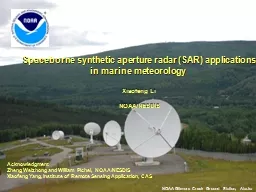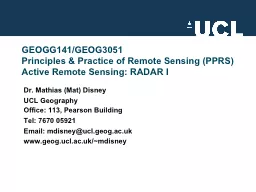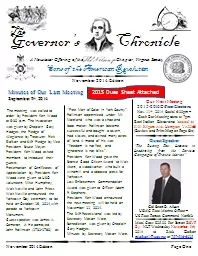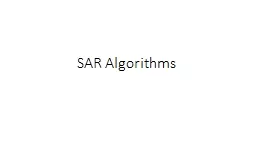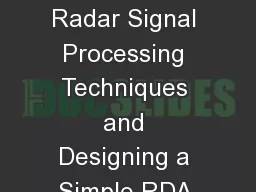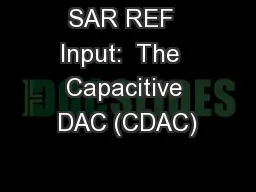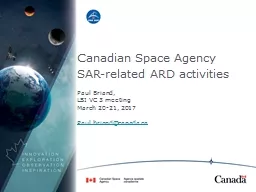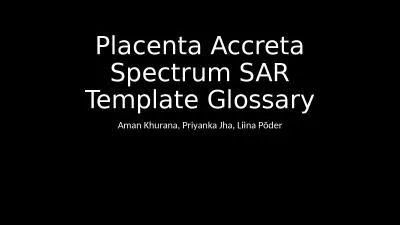PPT-SAR Algorithms
Author : olivia-moreira | Published Date : 2016-04-07
Recap What is SAR processing SAR processing algorithms model the scene as a set of discrete point targets that do not interact with each other aka Born approximation
Presentation Embed Code
Download Presentation
Download Presentation The PPT/PDF document "SAR Algorithms" is the property of its rightful owner. Permission is granted to download and print the materials on this website for personal, non-commercial use only, and to display it on your personal computer provided you do not modify the materials and that you retain all copyright notices contained in the materials. By downloading content from our website, you accept the terms of this agreement.
SAR Algorithms: Transcript
Download Rules Of Document
"SAR Algorithms"The content belongs to its owner. You may download and print it for personal use, without modification, and keep all copyright notices. By downloading, you agree to these terms.
Related Documents

